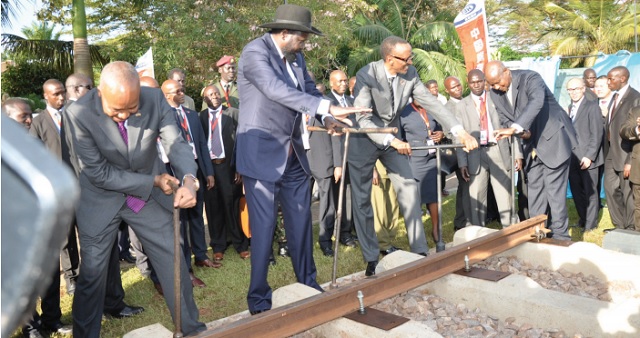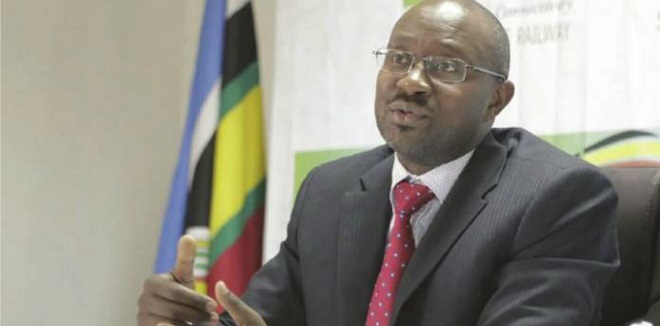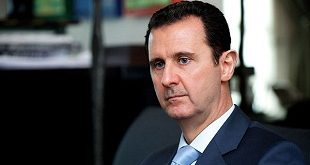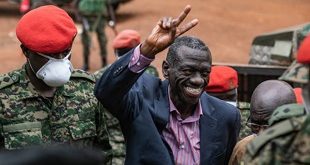
Insiders say these revelations may have informed the President’s decision to fire the former coordinator of the SGR project, Kasingye Kyamugambi. The Independent had earlier reported that Museveni believed Kyamugambi had been compromised by the Chinese and blamed him for the inflation of the project cost.
Given the stakes, insiders say, President Museveni had planted spies at some of the hotels where the CHEC officials were holding meetings. In the heat of the negotiations, his spies reported to Museveni learnt that the CHEC officials had invited Kyamugambi and he had gone to the hotel to meet them.
The Independent could not establish whether it is the details of this meeting that ticked off the president or the contents of the list given to him by the Chinese.
This is not the first time a project of this magnitude is rocked by bribery allegations. When in 2010, government called bids for the 600 MW Karuma dam, eight major bidders were shortlisted. All the others except three companies–two Chinese and one Iranian were eliminated at the pre-qualification stage.
Around that time, The East African reported that the evaluation committee had received $1.2 million from the Chinese. Then in 2013, Daily Monitor reported that President Museveni had told cabinet that some of his ministers were demanding for a $200 million bribe from a Chinese firm aspiring to win the Karuma power dam construction contract. Multiple petitions and investigations delayed the deal until the president intervened and awarded the deal to one of the competing firms— Sinohydro.

The SGR has also suffered a wave of endless delays since 2008 when President Museveni and then Kenyan President Mwai Kibaki met in Nairobi agreed to build the SGR for East and Central Africa, is finally expected to kick off.
During this year’s State of the Nation Address, President Museveni said he was taking his time with the deal in order to get a better offer. “We are going to build the Standard Gauge Railway,” President Museveni said, “We are only continuing to refine the issues of cost and quality with the partners we are talking with.” Indeed, Kyamugambi’s troubles started with the fight over cost.
Government had carried out a study with Gauff Engineers, a German company, which had given the design of the Malaba-Kampala and an engineer’s estimate. The engineer’s estimate had two figures; for diesel and electrification.
The cost for diesel was $2b and for electric was $2.4b in both cases without locomotives and rolling stock. When government negotiated with CHEC they agreed to $1.95 billion for the electrified system without rolling stock and locomotives, which was 15% lower, and CHEC’s offer was superior to what the German engineers had recommended and costed. It is superior in terms of durability, safely, and comfort.
According Kyamugambi’s team figures, in Kenya, the SGR would cost $7.3 million per km, in Uganda $7.3 million or $ 6.9 million and Tanzania $5 million per km. At $ 7.3million, Kenya was getting a railway that runs on diesel and for the same, Uganda; with a worse terrain and hydrology, was getting an electric railway.
With the non-electric, Uganda would be $6.9 million. But in December 2016, the parliamentary infrastructure committee, which had traveled to Ethiopia for bench-marking, issued a report showing that Uganda’s cost was more inflated than Kenya’s, Ethiopia’s and Tanzania’s.
In railways there is route km and track km. Track km includes the tracks on stations and passing loops. Route km is only the distance from point A to B. For Uganda, parliament divided the cost by route km and for Kenya by track km distorting the whole picture, Kyamugambi’s team argued. Parliament also included the cost of rolling stock and locomotives in the Uganda cost and excluded it in Kenya.
 The Independent Uganda: You get the Truth we Pay the Price
The Independent Uganda: You get the Truth we Pay the Price


